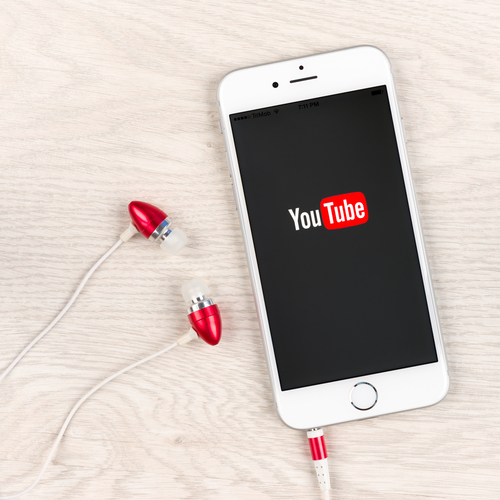The success of every business is dependent on consumer knowledge. Customers will be attracted to your business if it is familiar to them, readily available, and visible. Trade shows are a great way of interacting and engaging face-to-face with potential customers. Trade show marketing is a strategy that businesses use to enhance consumer knowledge by showcasing and demonstrating their new services and products via exhibitions. Exhibitions present an ideal opportunity to promote your business and your brand. Incorporating pavement signs in your show efficiently captures the attention of potential customers by informing them of what is offered by your company and where you are located. The signs will be able to lead potential customers to your booth for more details on your products.
To get the best out of trade show marketing, here is an outline of everything that you need to know.
1. Conduct an In-depth Research
Trade shows can offer your business a significant return on investment. They can as well turn out to be a waste of money and time. The success of marketing your business in a trade show is dependent on some strategies that need to be implemented. You need a trade that is appropriate for your participation goals, marketing goals, and business sales. Researching trade shows before they begin will help you establish essential details in achieving your marketing objectives. Such information includes the number of attendees, businesses or competitors exhibiting, and the demographics of potential customers or participants.
2. Planning Is Crucial
Once you are through with your research and you have established goals for your trade show exhibition, you will need to roll out a planning schedule for the trade show. This schedule will include the medium of marketing, trade show layout for your booth, and time management. A budget plan is also crucial for an effective trade show exhibition. You will need to spare some cash for things like salaries and wages, celebrity appearances and performances, rent, booth design, and promotional giveaways.
3. Preparations
Firstly, you will need to have an adequate supply of materials and resources such as business cards, brochures, giveaways, and other essential pieces of literature. You can use the data collected during your research on the estimated number of attendees to the trade show.
You can also have a rehearsal with your employees, as part of the preparation for the trade show. Conducting dress code rehearsals as well as acting out scenarios before the trade shows enhance the employees’ enthusiasm. Such activities assist employers in managing any perceived stage fright or awkward scenarios.
It might also be necessary to outsource some services where needed. However, you should ensure that those representing your company at the booth have a vast knowledge of your business, products, services, competitors, and current market trends. Preparing for the trade show with your employees will ensure they are knowledgeable enough on the business products to guide potential customers in the trade shows.
4. Grab the Attention of the Attendees
Running a successful trade show exhibition begins with the outlook of your booth and whether it is attractive to the attendees. Heighten the senses of potential customers by designing an appealing booth. You should also creatively incorporate attractive and interactive advertising materials in your booth, including touch screens, banners, audios, and videos. Making arrangements for celebrity appearances would also be a big boost. This is also a moment to build a warm relationship with attendees who approach your booth. Strong demonstrations can also give your business an outstanding outlook across the trade show.
5. Post-Exhibition
Relationships built during the trade show should not end after the exhibitions. Running a follow-up campaign after the show is one of the most crucial steps into converting leads to sales. You can send customized contents or coupons to customers who visited your booth. Social media networks are also a great platform for reaching out to individual customers with more information about your products and services, which you were unable to exhibit during the show. Such platforms include Twitter, Facebook, Instagram, and LinkedIn.
Post exhibition also entails analyzing how you and your team of representatives performed during the trade show. Did you meet your marketing goals? How many potential customers were converted into sales? And how much revenue did you generate in relation to your expenditure? These are some of the questions that you should seek to address to determine the success of the trade show marketing that you just concluded.
Related Posts
I’m Emily from Expocart – UK’s largest provider of products for exhibitions and events, making exhibiting easier, more affordable and hassle free.







